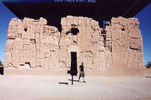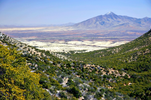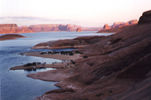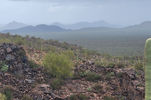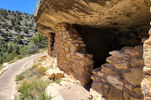Location & Access
The recreation area stretches along the Colorado River, covering parts of Nevada and Arizona. Major access points are from Boulder City, Nevada, and Kingman, Arizona. Roads lead to multiple marinas, campgrounds, and scenic viewpoints.
Natural Features
The area includes Lake Mead (formed by Hoover Dam) and Lake Mohave (formed by Davis Dam), surrounded by desert mountains, slot canyons, and river valleys. Dramatic rock formations and colorful desert geology highlight the stark beauty of the Mojave Desert.
Wildlife & Plants
Desert bighorn sheep, coyotes, jackrabbits, and lizards inhabit the rugged landscape. Birdwatchers may spot bald eagles, great blue herons, and waterfowl around lakeshores. Vegetation includes creosote bush, Joshua trees, cactus, and mesquite.
Cultural & Historical Significance
The region preserves evidence of prehistoric peoples, including petroglyphs and artifacts. Historic sites include structures associated with the construction of Hoover Dam in the 1930s. The reservoirs themselves represent major feats of American engineering and water management.
Recreation & Visitor Information
Lake Mead NRA is popular for boating, fishing, swimming, and water sports. Numerous campgrounds, hiking trails, and marinas are available. The Alan Bible Visitor Center near Boulder City offers exhibits and orientation. Scenic drives, backcountry exploration, and stargazing are also highlights.
Conservation & Management
Designated as the nation’s first National Recreation Area in 1964, Lake Mead is managed by the National Park Service. Management focuses on balancing recreation with conservation of desert ecosystems and water resources.
Location: Mohave County, Arizona & Clark County, Nevada, USA
Nearest City: Boulder City, NV (primary gateway) / Kingman, AZ (Arizona side)
Size: ~1.5 million acres
Established: October 8, 1964 (as NRA)
Managed by: U.S. National Park Service
Visitation: ~7.6 million visitors annually





